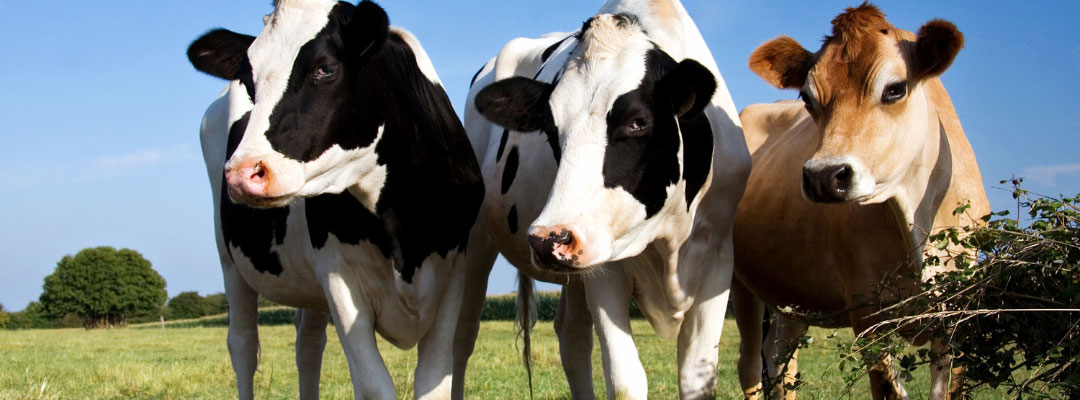In August 2021, USDA National Agricultural Statistics Service published their annual report of state-level land values for farm real estate. The results of the report indicate a strong market in the Southeast, with Texas leading the region at a 9.7% increase in farmland values over 2020.

What is driving this market depends on a few things. First, local market conditions are largely driven by crop yields and, in some areas, urban development influences. But there are some factors that are more macro in scale and have been affecting the land markets as well. Those include interest rates, commodity prices, and government payments. The Market Facilitation Program, which was designed to support farmers adversely affected by the trade war with China, contributed significantly to farm incomes in 2018 and 2019. In 2020 and early 2021, the Coronavirus Food Assistance Program provided financial assistance to farmers to alleviate impacts from market disruptions due to COVID-19. As a result of these government programs and increasing commodity prices in the last several months, land values have continued to stay strong in the Southeast and the rest of the United States.
There has also been an interesting trend in farmland markets in some parts of the region where people are wanting to leave cities for smaller towns and rural areas. This has led to strong demand for small rural properties, which can escalate prices above the value implied by agricultural use alone. Not all rural areas are affected, but where they have been, the markets are very strong. The supply side of the land market is also important and strong commodity prices are prompting farmers to both look for more land and keep the land they have. This leads to a limited supply of land for sale which is driving prices up.
So, will we see things continue into the near future with robust farmland values? That will depend on several factors, but I see the potential for higher interest rates and lower levels of government payments tempering some local markets. However, as long as commodity prices are up, and investors see farmland as a good alternative to the stock market there will be bidders for a limited supply of ag land and prices will remain strong.
Source: https://www.nass.usda.gov/Charts_and_Maps/Land_Values/farm_value_map.php
Taylor, Mykel. “A Hot Market for Ag Land.” Southern Ag Today 1(49.3). December 1, 2021. Permalink








